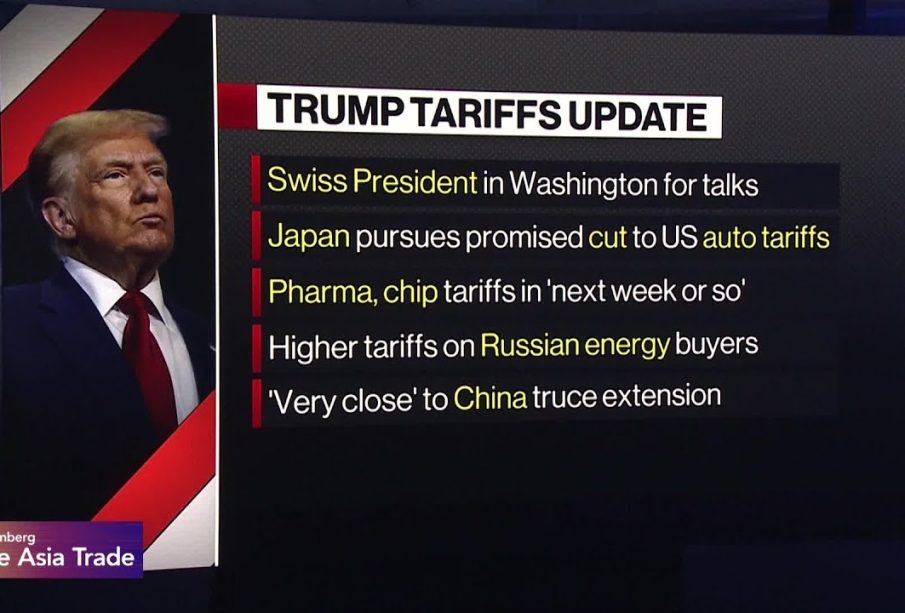Understanding Donald Trump’s China Tariffs and Their Impact

Introduction
The tariffs imposed by former President Donald Trump on Chinese goods have had a significant impact on U.S. trade relations and the economy. Implemented amid rising tensions between the two countries, these tariffs aimed to curtail China’s trade practices and protect American industries. Understanding the implications of these tariffs is essential for comprehending the current landscape of U.S.-China relations and their effects on consumers and businesses.
Background of the Tariffs
Beginning in 2018, the Trump administration introduced a series of tariffs on hundreds of billions of dollars worth of Chinese imports. The primary goal of these measures was to address the trade deficit and to combat what Trump described as unfair trade practices, including intellectual property theft and forced technology transfers. Tariffs initially raised duties on steel and aluminum and expanded to include a wide array of products such as electronics, clothing, and machinery.
Economic Impact
The tariffs have had a mixed economic impact. On one hand, they were designed to protect American manufacturers and encourage domestic production. Reports indicated that some sectors, particularly in manufacturing, saw temporary gains due to increased prices for foreign imports. However, these tariffs also led to higher costs for consumers, as businesses passed on the costs of imported goods to customers. A 2019 study from the Federal Reserve Bank of New York estimated that American households faced an average cost of $831 annually due to tariffs on Chinese goods.
Global Trade Relations
Internationally, the tariffs escalated trade tensions not only with China but also with U.S. allies who were affected by the retaliatory tariffs imposed by China. In response, China implemented its own tariffs on U.S. products, including agricultural goods, leading to a decrease in exports and affecting farmers in states that heavily relied on exports to China.
Current Landscape and Future Implications
As the Biden administration continues to navigate the remnants of Trump’s trade policy, there is an ongoing debate about the future of these tariffs. Some policymakers argue for their removal to ease inflation and support American consumers, while others believe they are necessary to maintain pressure on China. With the global economy still recovering from the COVID-19 pandemic, the resolution of these tariff issues remains crucial for trade stability.
Conclusion
Donald Trump’s China tariffs have left a lasting mark on U.S.-China relations and the global economy. Their legacy continues to influence economic policy discussions and trade strategies. As the Biden administration evaluates the next steps in trade relations with China, stakeholders from various sectors will closely monitor developments, which will ultimately shape the economic landscape for American consumers and industries alike.









